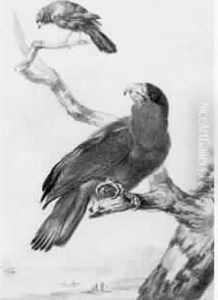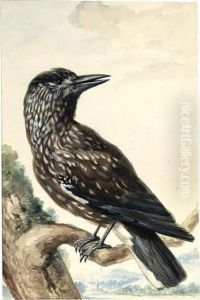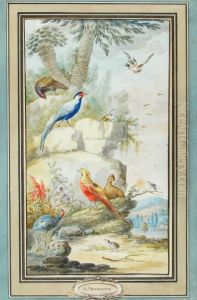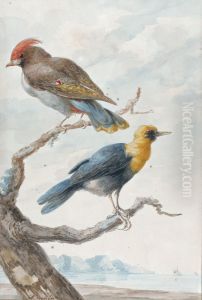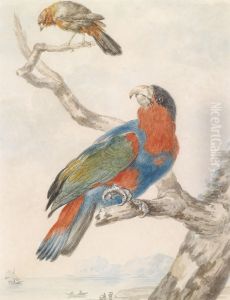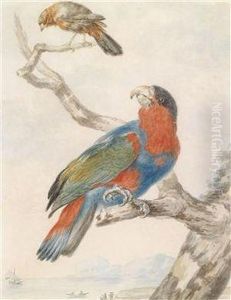Abraham Meertens Paintings
Abraham Meertens was a Dutch artist born in the mid-18th century, a period that saw significant changes in the art world, with movements such as Romanticism beginning to take shape towards the latter part of his life. Born in 1755, Meertens came of age in an era that was still heavily influenced by the Baroque and Rococo styles, but he would live to see—and perhaps contribute to—the early development of newer artistic expressions that emphasized emotion and the sublime in nature.
Meertens' work is less documented than that of some of his contemporaries, which means that much of what we know about him comes from the analysis of his surviving works and a few historical records. What is clear, however, is that he was skilled in both painting and drawing, and he had a particular talent for capturing the intricacies of the natural world and the nuanced expressions of human subjects. This suggests that he was deeply observant and committed to exploring the emotional and physical realities of his subjects.
Throughout his career, Meertens was active in the Netherlands, a country known for its rich artistic heritage. This environment likely provided him with ample inspiration and opportunity to develop his craft. However, unlike some of his peers who gained international fame, Meertens may have enjoyed a more modest career, focusing on themes and subjects that were personally meaningful or locally significant. This speculation is supported by the fact that much of his work remains in Dutch collections, both private and public.
Abraham Meertens died in 1823, leaving behind a body of work that, while perhaps not as widely recognized as that of some of his contemporaries, offers valuable insights into the transitional period of art in which he lived. His paintings and drawings serve as a window into the late 18th and early 19th centuries, reflecting both the enduring traditions of the past and the emerging sensibilities of a new era. Through his art, Meertens contributed to the ongoing narrative of Dutch and European art, marking him as an important figure for scholars and enthusiasts interested in this pivotal period.
